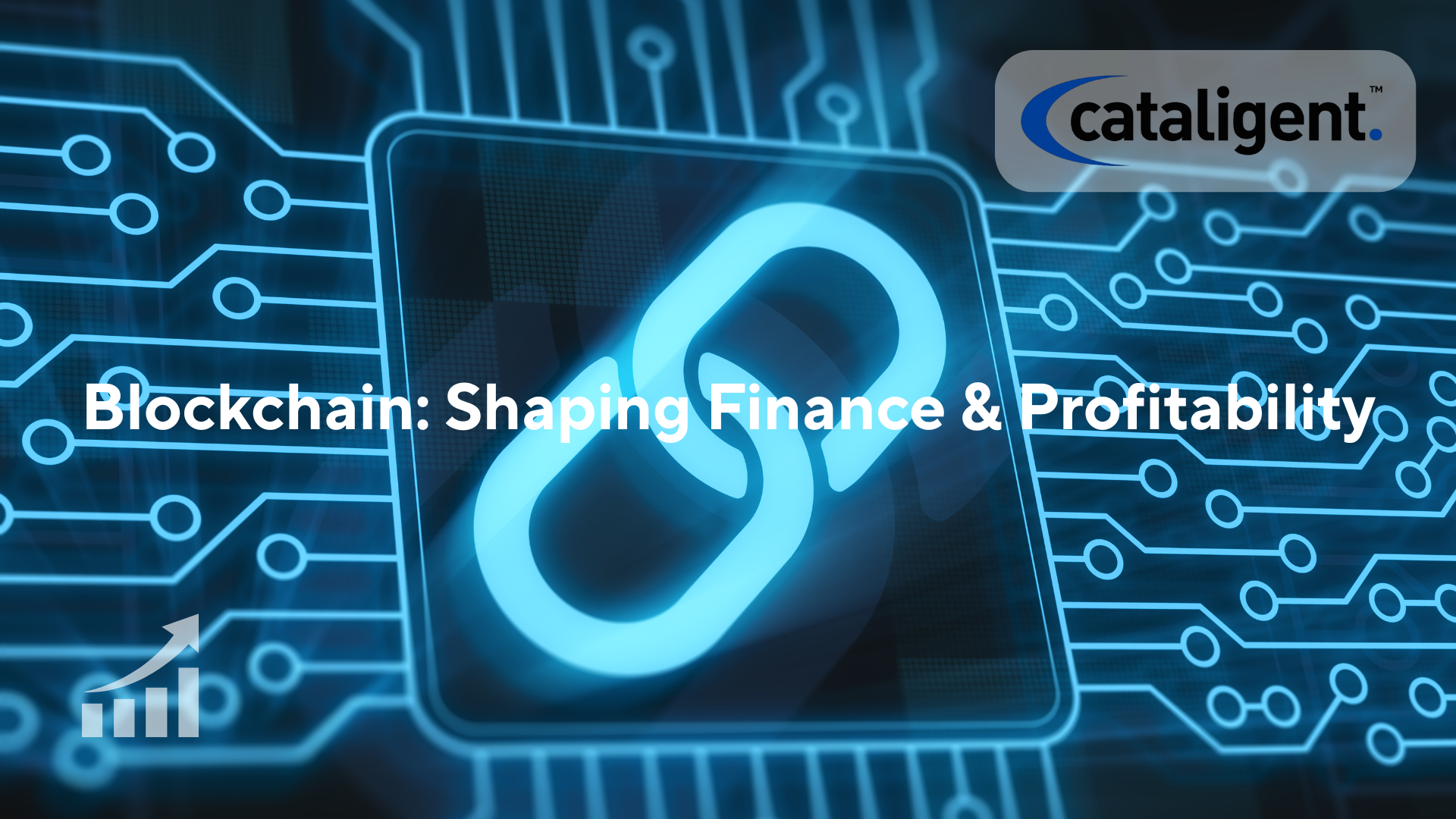Blockchain isn’t just a buzzword anymore—it’s reshaping the core financial infrastructure for companies around the world. What began as the underlying technology for cryptocurrencies has now evolved into a powerful tool with wide-ranging implications for finance departments, CFOs, and enterprise profitability.
Its impact goes far beyond decentralization or transparency. Blockchain is challenging traditional accounting, revolutionizing financial reporting, and offering new cost-saving and efficiency-enhancing mechanisms that can directly influence bottom-line profitability and operational optimization.
Let’s explore how this technology is transforming financial strategy and what it truly means for your profitability potential.
How Blockchain Works in a Financial Context
At its core, blockchain is a distributed ledger technology (DLT) where data is stored across multiple nodes, ensuring transparency, immutability, and security.
In finance, this translates into:
- Real-time reconciliation of transactions
- Elimination of intermediaries in payment systems
- Automation through smart contracts
- Reliable audit trails
This new infrastructure reduces both time and error, which leads to cost-efficiency and better resource utilization—two crucial levers for improving long-term profitability.
Key Areas Where Blockchain Is Transforming Finance
1. Real-Time Financial Reporting and Auditing
Traditional financial reporting involves manual reconciliations, periodic reviews, and delays in data consolidation. Blockchain enables:
- Continuous auditing with real-time data validation
- Immutable records that reduce the risk of fraud
- Lower audit costs due to automation and transparency
Smarter auditing reduces compliance overhead while increasing trust and accuracy—key drivers of financial agility.
2. Smart Contracts for Cost Reduction
Smart contracts are programmable agreements that execute automatically when specific conditions are met. They are now being used in:
- Vendor payment systems
- Insurance claims processing
- Lease management
- Loan disbursements
By automating these processes, businesses save on administrative expenses and minimize human error—both of which enhance margins and improve their Profit After Tax (PAT).
3. Enhanced Cash Flow and Liquidity Management
Blockchain reduces delays in transaction settlements. This creates:
- Faster access to working capital
- Less dependence on short-term financing
- Improved cash conversion cycles
Enterprises with tighter liquidity control and optimized capital allocation are in a much better position to reinvest profits or reduce debt, directly boosting PAT over time.
4. Supply Chain Finance and Traceability
A growing number of firms are using blockchain to bring transparency to their supply chains, helping to:
- Prevent duplicate payments or over-invoicing
- Optimize procurement with real-time data
- Automate supplier payments through smart contracts
These efficiencies not only lower costs but also increase partner trust and streamline vendor relationships—critical factors in long-term cost sustainability.
5. Cross-Border Transactions and FX Management
Traditional cross-border financial operations suffer from:
- High fees
- Currency fluctuations
- Delays in settlement
Blockchain-based systems (like RippleNet or Stellar) offer:
- Instant cross-border payments
- Reduced foreign exchange spread
- Better treasury management
This creates a more predictable financial environment, which helps enterprises manage international operations profitably.
Case Studies: Blockchain in Action
A. IBM & Maersk: TradeLens Blockchain Network
IBM partnered with Maersk to launch TradeLens—a blockchain-based supply chain solution. Results included:
- Faster invoice approvals
- A 15% reduction in documentation costs
- Improved trust across stakeholders
This directly supported Maersk’s bottom line by cutting unnecessary overhead and improving cash flow accuracy.
B. J.P. Morgan: Onyx and Interbank Transfers
J.P. Morgan’s blockchain division, Onyx, has enabled faster interbank settlements. Its JPM Coin allows 24/7 payments between institutions, reducing friction and boosting profitability by improving treasury efficiency and capital allocation.
Potential Challenges to Consider
While the benefits are strong, blockchain adoption is not without its hurdles:
- Integration with legacy systems
- Regulatory uncertainty
- Skill shortages in blockchain development
However, these challenges are being addressed through:
- Hybrid systems combining blockchain with traditional databases
- Regulatory frameworks in progress across major economies
- Upskilling initiatives and enterprise blockchain platforms like Hyperledger
Impact on Profit After Tax (PAT)
Blockchain contributes to PAT improvements in subtle but scalable ways. Unlike direct revenue-generating mechanisms, blockchain:
- Reduces process-related costs
- Minimizes transactional inefficiencies
- Decreases compliance and auditing expenses
- Enhances asset traceability and control
Thus, it indirectly strengthens Profit After Tax (PAT) by optimizing cost centers and unlocking new value chains.
Broader Implications for the Financial Ecosystem
🔸 Financial Institutions
Banks and investment firms are adopting blockchain to modernize:
- Trade finance
- Custodial services
- Debt issuance
- Derivatives settlements
This helps them improve operating margins and build data-centric, agile infrastructures.
🔸 Corporates
For enterprises, blockchain reduces reliance on third-party platforms and manual reporting systems. It brings together finance, procurement, and compliance in one streamlined system that fosters cross-functional transparency and strategic decision-making.
🔸 Governments and Regulators
Governments are leveraging blockchain for public finance transparency, subsidy disbursement, and anti-corruption efforts—resulting in efficient governance and budget optimization.
Future Outlook: Is Blockchain the CFO’s Secret Weapon?
CFOs are increasingly viewing blockchain not as a tech gimmick, but as a strategic asset. It brings together:
- Accurate and real-time financial data
- Audit-readiness
- Better capital efficiency
- Leaner finance operations
It aligns perfectly with modern CFO goals: control, compliance, cost efficiency, and growth.
Additionally, as finance functions become more tech-integrated, blockchain will likely integrate seamlessly with tools already driving PAT analysis and optimization. For example, you can explore platforms highlighted in Top Financial Software Solutions for PAT Analysis, many of which are already adopting blockchain for ledger automation and fraud prevention.
Conclusion
Blockchain’s journey from cryptocurrency backbone to a full-fledged enterprise solution is nothing short of revolutionary. For finance leaders and strategists, its real value lies in transforming traditional pain points—delays, inefficiencies, lack of trust—into opportunities for optimization.
Its role in enhancing Profit After Tax (PAT) may be indirect but is undeniably powerful. With reduced costs, tighter control, and better data integrity, blockchain paves the way for companies to achieve financial agility and sustainable profitability.. Adopting blockchain today could very well define your enterprise’s competitive edge tomorrow.


One Response